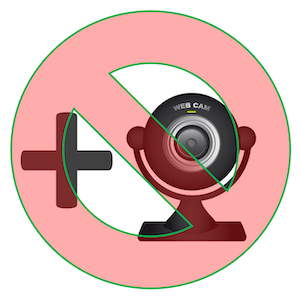By Dr. Ken Broda Bahm:

As the 2021 pandemic year winds to a close, while the 2022 pandemic year waits in the wings, it may be a good time to take stock of changes in legal procedure brought by the pandemic. Given the persistence of needed social precautions, as well as the chances of a new threat, technological adaptations are likely to be needed to keep the wheels of justice turning. And even without the need for social distancing, it may be that some technological changes won’t be rolled back as the coronavirus recedes, simply because they’ve shown themselves to be more efficient, cheaper, and more accessible.
A new study released this month by the Pew Charitable Trust examined all of the early pandemic emergency orders — nearly 10,000 — issued by courts in all 50 states and D.C. while also reviewing approximately 70 studies and other research articles focused on technological adaptation in the courts. The conclusions are that civil courts made unprecedented and quick adaptations, and these changes improved participation rates, leading to fewer default judgments for failure to appear, for example. But they also noted that the changes created some barriers for those with disabilities or without legal representation. Ultimately, the researchers recommend combining technological tools with process adaptations, and never simply adding technology to existing processes without careful thought. As they note, “Technology, if layered on top of complex court processes, will only reinforce the status quo.” Focusing on those without legal representation — three in four civil cases, according to the National Center for State Courts — the most successful adaptations focused not just on adding technology but on streamlining processes: waiving notarization requirements, not requiring appearances before judges, and hosting a single site for trial management, for example. Generalizing this advice to remote features in civil jury trials, I wanted to share thoughts on a few procedural changes that should accompany the addition of a web-camera.
The Jury Pool
The Pew researchers noted that technological adaptations improved participation by litigants, and particularly those without counsel. It makes sense that this logic could apply to the jury as well. Supplying technology in public spaces (like libraries, for example) is one adaptation. It is also likely that even limiting the pool by who has high-speed internet and a connection device is less onerous than limiting it by who can take off full days to be away from home and to travel downtown for court. Whether courts are requiring technology-based qualification questions, or whether they are hosting trials online or in person, courts ought to think beyond the current postcard notification systems and seek out ways to reach qualified juror candidates where they are, which often is on technology.
The Trial Day
The 9 am to 5 pm day is based on the schedule of an office worker, and even on that score, it is getting a little out of date. It may be that technology gives options for shorter court days without wasting courthouse space. This would make it more possible for those with other obligations (i.e., self-employed work or family obligations) to remain a part of the jury pool. A shorter day might also help trial teams to be fully prepared in ways that would help them boil the case down to its essentials, and shorten the trial.
The Continuity of Information (Without Interruptions)
One observation many have made is that during an online trial or procedure, the “dead time” is more noticeable and a bigger disruption. Waiting patiently in court can be annoying, but doing the same in front of a screen is for some reason worse. An online jury, for example, waiting for the judge and counsel to hash out a motion wouldn’t be waiting peacefully in the jury room, they would be sitting in front of their monitors, most likely getting distracted with other things. In this case, the process change that should accompany an online trial is to very clearly divide and schedule activities so you aren’t creating dead time. In other words, judges, have arguments and rule on that motion beforehand, instead of waiting for it to “come up” during trial.
The Pew analysis also includes other recommendations — for example, to collect data on both procedural and technological adaptations, and to test new tools and incorporate feedback. With or without a pandemic, it makes sense to continue nudging the civil trial system toward greater efficiency and more equal participation.
Thanks for reading. I am a litigation consultant (bio here) specializing in mock trial research, witness preparation, jury selection, and case strategy, generally (but not always) in high-value civil cases. If you have a comment, a request for a future topic, or a concern about a current area of litigation, or a question about your own case, contact me now.
Other Posts on Online Courtrooms:
- Break the Backlog: The Durable Conclusions from the Online Courtroom Project
- Once More, Into the Mask: Expect a Post-Pandemic Courtroom to be a Ways Off
- Treat Online Trials as an Access-to-Justice Issue
Image credit: 123rf.com, edited by the author, used under license
The Pew Charitable Trusts (Dec. 1, 2021). Report: How Courts Embraced Technology, Met the Pandemic Challenge, and Revolutionized Their Operations. URL (pdf): https://www.pewtrusts.org/-/media/assets/2021/12/how-courts-embraced-technology.pdf